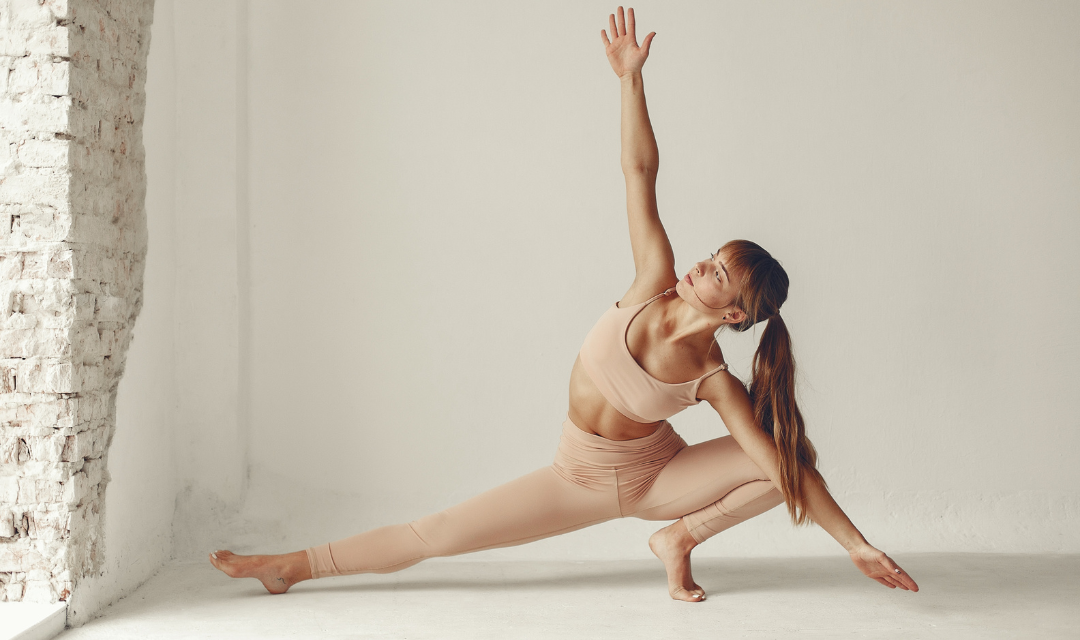Common Questions About Bridge Exercise During Pregnancy

Exercise during pregnancy is beneficial for both the mother and the baby. It helps to maintain a healthy weight, reduces pregnancy discomfort, and prepares the body for childbirth. One such exercise is the Bridge, a popular strength training and core workout. However, many questions arise about the safety and effectiveness of this exercise during pregnancy. This article will address common questions about performing Bridge exercise during pregnancy.
Table of contents
Can I do Bridge during pregnancy?
Is Bridge safe during the first trimester?
Can I continue Bridge in the second trimester?
Is Bridge safe during the third trimester?
Is it worth doing Bridge during pregnancy?
What are the pros and cons of Bridge during pregnancy?
Can Bridge cause a miscarriage?
Can Bridge induce labor?
How to do Bridge correctly during pregnancy?
Can I do Bridge after childbirth?
Can I do Bridge during pregnancy?
Yes, you can do Bridge exercises during pregnancy, but it's always important to consult with your healthcare provider before starting any new exercise regimen. Modifications may be needed as your pregnancy progresses to ensure safety and comfort.
Psst, we have an app dedicated to pregnant moms. Learn more
Is Bridge safe during the first trimester?
Bridge is generally safe during the first trimester. However, it's crucial to listen to your body and stop if you feel any discomfort. Always maintain proper form to avoid strain on your back or neck.
Psst, we have an app dedicated to pregnant moms. Learn more
Can I continue Bridge in the second trimester?
Yes, you can continue with Bridge exercises in the second trimester. However, as your belly grows, you may need to modify the exercise to maintain comfort and safety. Using a stability ball can provide support and help maintain proper form.
Psst, we have an app dedicated to pregnant moms. Learn more
Is Bridge safe during the third trimester?
During the third trimester, you may find Bridge exercises more challenging due to your growing belly. It's important to modify the exercise or switch to a safer alternative if you feel uncomfortable. Always prioritize your comfort and safety.
Psst, we have an app dedicated to pregnant moms. Learn more
Is it worth doing Bridge during pregnancy?
Yes, Bridge exercise can be beneficial during pregnancy. It strengthens the core, glutes, and hamstrings, which can help with childbirth. It also helps maintain good posture and reduces back pain.
Psst, we have an app dedicated to pregnant moms. Learn more
What are the pros and cons of Bridge during pregnancy?
The pros of Bridge exercise during pregnancy include improved strength, better posture, and reduced back pain. However, the cons may include discomfort due to the growing belly, and potential strain on the back or neck if not done correctly.
Psst, we have an app dedicated to pregnant moms. Learn more
Can Bridge cause a miscarriage?
There's no scientific evidence to suggest that Bridge exercise can cause a miscarriage. However, it's always important to exercise with caution and consult your healthcare provider before starting any new exercise regimen.
Psst, we have an app dedicated to pregnant moms. Learn more
Can Bridge induce labor?
There's no concrete evidence to suggest that Bridge exercise can induce labor. However, it's always best to consult your healthcare provider if you have any concerns.
Psst, we have an app dedicated to pregnant moms. Learn more
How to do Bridge correctly during pregnancy?
To do a Bridge exercise during pregnancy, lie on your back with your knees bent and feet flat on the floor. Slowly lift your hips off the floor, keeping your back straight. Hold for a few seconds, then slowly lower your hips back down. Always maintain proper form and stop if you feel any discomfort.
Psst, we have an app dedicated to pregnant moms. Learn more
Can I do Bridge after childbirth?
Yes, Bridge can be a great exercise to help regain strength and tone after childbirth. However, it's important to get clearance from your healthcare provider before resuming exercise after delivery.
Psst, we have an app dedicated to pregnant moms. Learn more
Information sources
1. "Exercise During Pregnancy: Safety, Benefits & Guidelines", American Pregnancy Association.
2. "Pregnancy and exercise: Baby, let's move!", Mayo Clinic.
3. "Exercise Tips for Pregnancy", WebMD.